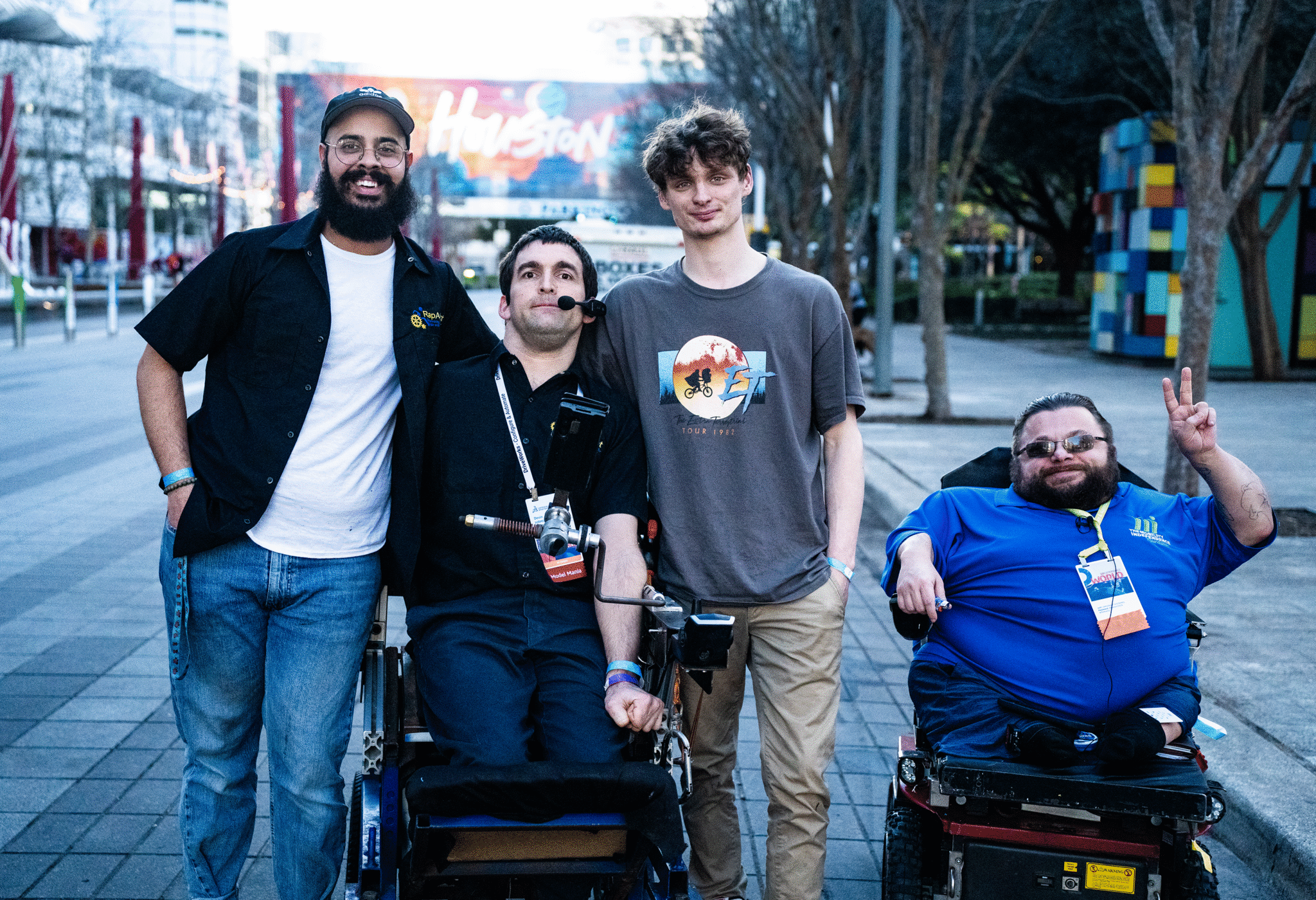It’s all in the approach. In an era where healthcare establishment is plagued with indifference and mired in bureaucratic minutia, the medical home approach is like a breath of fresh air.

What is a medical home?
Spearheaded by the American Academy of Pediatrics, the medical home concept is designed to treat the whole child and provide comprehensive primary care that revolves the cooperative efforts of patients, physicians and families. According to Texas Health Steps, the medical home provides a relationship between a child, the child’s family or caregiver, the primary health-care provider, and consulting and specialty providers in addressing that child’s healthcare needs in a primary care setting. That setting can vary—physician’s office, hospital outpatient clinic, a school-based health center, a community health center, or a health department clinic—as long as it retains certain characteristics for the well-being of the child. Children who have the benefit of a medical home are no longer just their symptoms, their disease or their disability.
What makes a medical home?
As an ongoing source of comprehensive health care, the medical home encompasses:
- Preventive, acute and chronic care
- Necessary immunizations
- Care coordination across multiple services and settings
- Wellness promotion, screenings and patient education
- Appropriate engagement and collaboration with specialists, subspecialists and other service providers, as required by the needs of the patient.
These features in concert with family collaboration yield better outcomes for the child. “We think it is one of the most promising models for delivering what we call true patient-centered care,” said Lee Partridge of the National Partnership for Women and Families. “It’s consistent. It’s coordinated. You become a partner with that team.”
By leveraging the medical home approach, limited resources and services are allocated efficiently and appropriately. Likewise, with more than 70% of US healthcare costs going to support people with chronic disease and disabilities, this integrated, holistic approach is expected to bring those expenses down.
Our medical home in action
I cannot overstate the importance of a medical home because it allows healthcare providers to deliver better care. We have had the same medical home for 15 years and, because our primary care physician has been following my child’s care for that time, we have built a great relationship. Our doctor knows my daughter so well that if she becomes ill, he is able to assess whether he needs to see her in person or he can provide instructions over the phone on how to manage her symptoms.
There have been instances where she was running a fever at 8 pm on a Friday or not feeling well on Sunday and, because he knows us so well, he answered the phone when I called. I was stunned because I was calling to leave a message hoping he would call me back but instead he actually answered the phone and explained what I needed to do. He not only helped with my child but made me feel better as well until we could get in to see him the following Monday morning.
If it were not for having such a wonderful medical home we probably would have wound up in the emergency room on the weekends more than I would like. Having a comprehensive, responsive medical home has not only kept us out of the ER, but it has kept my out of pocket expenses down.
For more information about medical homes and how to implement them, visit www.medicalhomeinfo.org.





